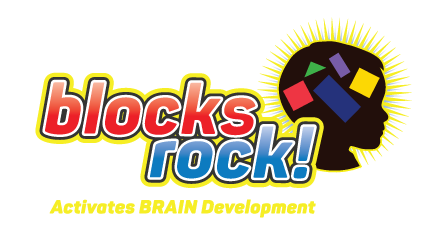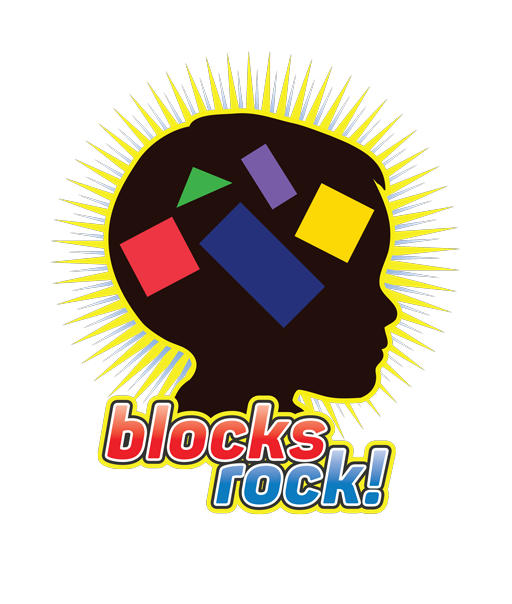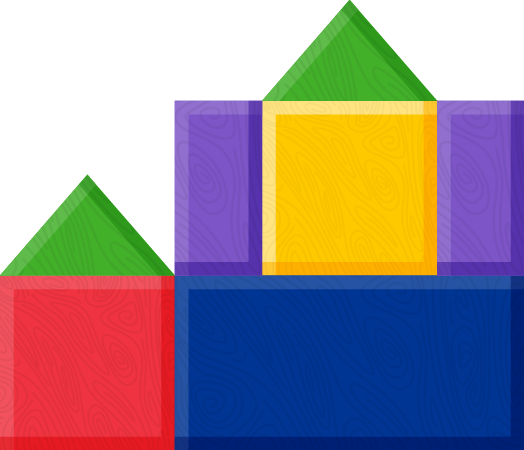STEM Learning
3 Key Happenings in Childhood STEM Education in 2018
What do you think will happen in STEM education in 2018? Here are our predictions.
STEM (Science, Technology, Engineering, and Math) has grown as a learning buzzword in 2017. We know that STEM Careers are on the rise, and that in 2018 we may see millions of STEM jobs without the applicants qualified to fill them (STEMJOBS). So, what do we think you’ll see happening in 2018?
1. Governmental Focus on STEM Education for Kids
In Indiana, where Blocks Rock! is based, lawmakers are looking to push for more math and science professionals teaching at the elementary school level. The Indiana Chamber of Commerce recently unveiled a plan for pushing for a computer science graduation requirement for high school students, aligning with Governor Holcomb’s agenda to develop a “21st century ready workforce”(Indiana Public Media).
In 2013, U.S. Rep. Todd Rokita of Indiana’s 4th District pushed for STEM education for kids saying that, “before we jump to simply create new federal initiatives, we must first evaluate our existing STEM education programs. We must ensure our federal resources are used more efficiently to give students the opportunity to embrace and succeed in STEM subjects.” And still this year, he continued to push for impactful STEM programs in early education. Expect this to continue in 2018.
As we continue to look nationally, the White House has promised $200 million a year to expand K-12 computer-science education, and several large tech firms have pledged another $300 million to the effort (WSJ).
2. STEM Skills to Expand Beyond Computer Science
As demonstrated by the focus on computer science, which we discussed above, STEM is often seen mostly as computer science learning and skills. In reality, computer science is only one aspect of an overall well-rounded STEM education. Skills for STEM success that range from problem solving to spatial awareness should be built from a young age to give students a foundation for later success. One way to focus on a variety of STEM learning areas is to encourage afterschool STEM programming that supports the in-school curriculum with hands-on activities through practical applications, like STEM competitions (STEM Education Coalition). As the STEM Education Coalition says, this gives children a fun and safe learning environment outside of the classroom to develop their STEM skills.
3. Increasing Importance of STEM Teachers and Students
In 2014, it was estimated that in the next five years, major American companies will need to add nearly 1.6 million STEM-skilled employees (STEM 2026 Report). We are now currently living in that time, where STEM-skilled jobs are both in demand and a good investment. The U.S. Bureau of Labor and Statistics predicts that occupations related to STEM will add about 1 million new jobs between now and 2022. Plus, the majority of STEM occupations have wages above the national average and around half will not require a bachelor’s degree (TADPGS).
The United States office of Innovation & Improvement’s website states that “In an ever-changing, increasingly complex world, it’s more important than ever that our nation’s youth are prepared to bring knowledge and skills to solve problems, make sense of information, and know how to gather and evaluate evidence to make decisions.” Our country will need teachers who are passionate and innovative with their STEM teaching to inspire our children from a young age and build their foundation for STEM success. As Florida State University says,“Teaching STEM in elementary grades opens the doors for teachers and students to become tomorrow’s movers and shakers”.
As an education game that builds skills critical for STEM learning in children, we are excited and passionate about what is happening in the STEM world in 2018, and we look forward to supporting the movers and shakers of tomorrow whenever we can!


